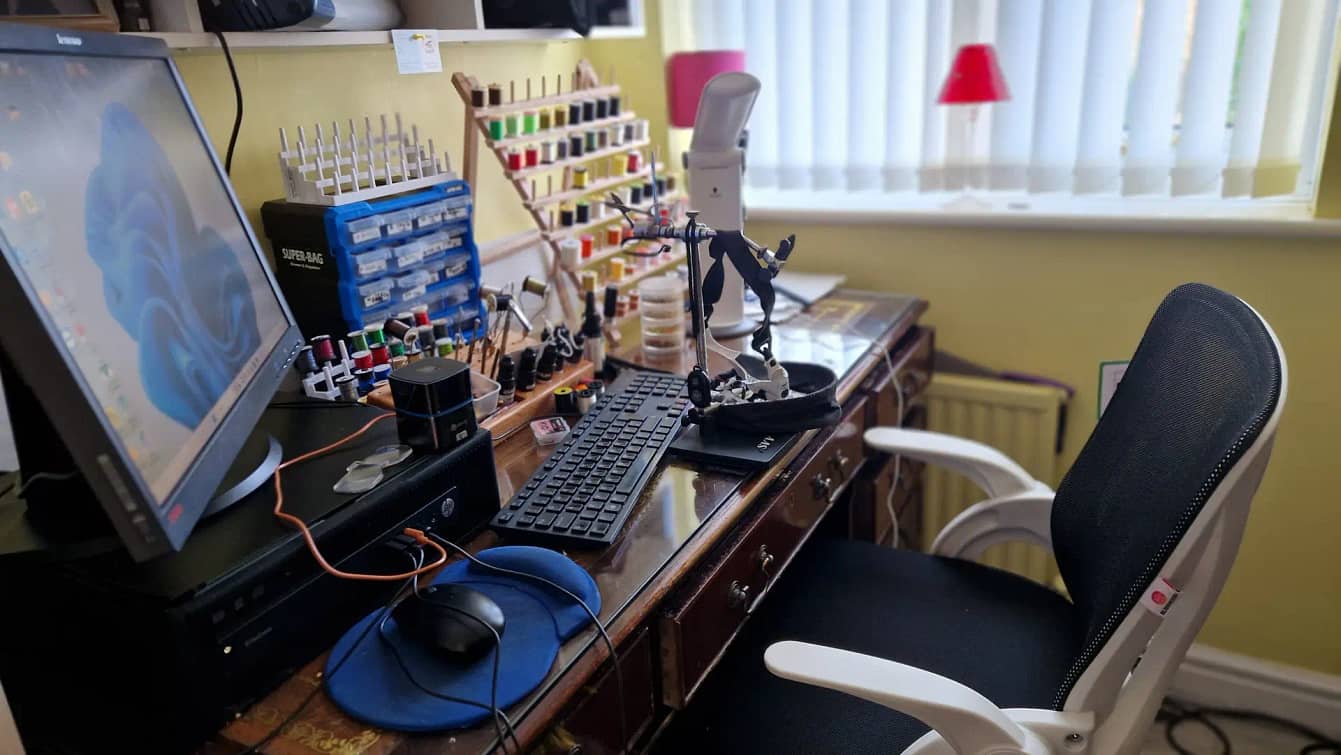Orange headed Spider
🕷️ The Orange-Headed Spider: Subtle Spark with a Wild Side
There’s something quietly rebellious about the Orange-Headed Spider. It’s not flashy like a Blob or brash like a Humungus. It’s understated—until you notice that fiery orange head. That little burst of colour turns a traditional soft-hackle wet fly into a trout magnet, especially when rainbows are cruising just below the surface, looking for something that feels alive but not artificial.
This pattern is a modern riff on the North Country Spider tradition—think Partridge & Orange with a punk-rock twist. The soft hackle pulses in the water, mimicking emerging insects, while the orange head acts as a trigger point, drawing attention without overwhelming the natural silhouette.
🎯 Why It Works
• Visual Trigger: The orange head mimics the glow of an emerging insect’s thorax or egg sac, especially under low light or stained water.
• Soft Hackle Movement: Sparse partridge or hen hackle breathes with every twitch or drift, imitating life without needing bulk.
• Versatility: Fish it upstream on rivers, swing it across stillwater margins, or drop it under a dry—this spider adapts.
🌿 Conservation in the Cast The beauty of spider patterns lies in their subtlety. You’re not forcing a reaction—you’re inviting one. That means fewer aggressive, stress-inducing strikes and more thoughtful takes. The Orange-Headed Spider encourages observation: watch the rise forms, read the ripple, and present with precision.
And because it’s a soft-hackle wet fly, it’s ideal for barbless hooks and gentle releases. Less damage, more respect.
All you need in one place give it a try.
